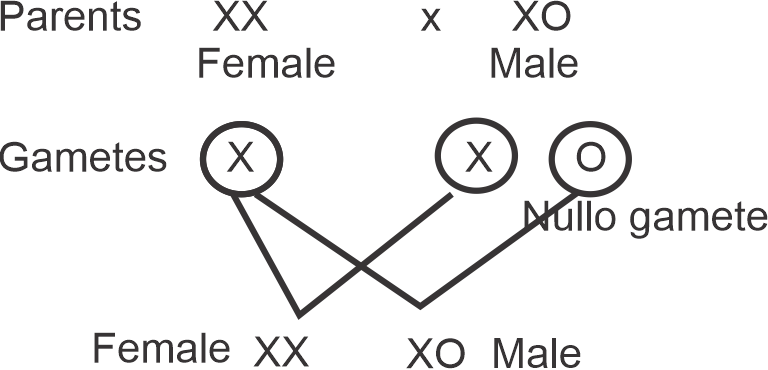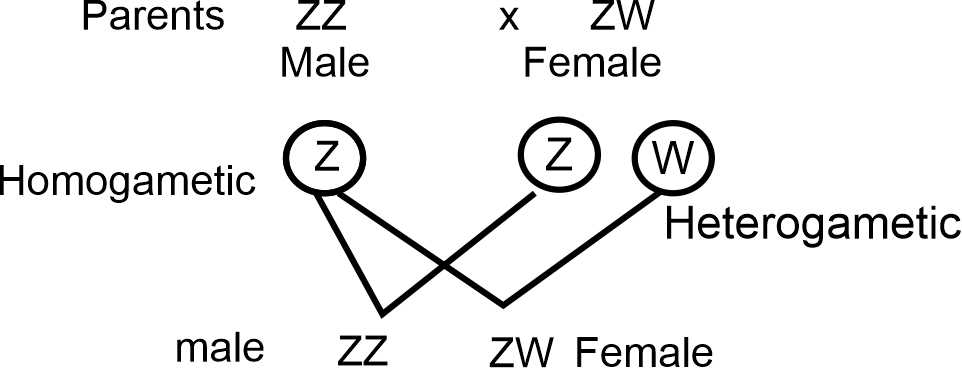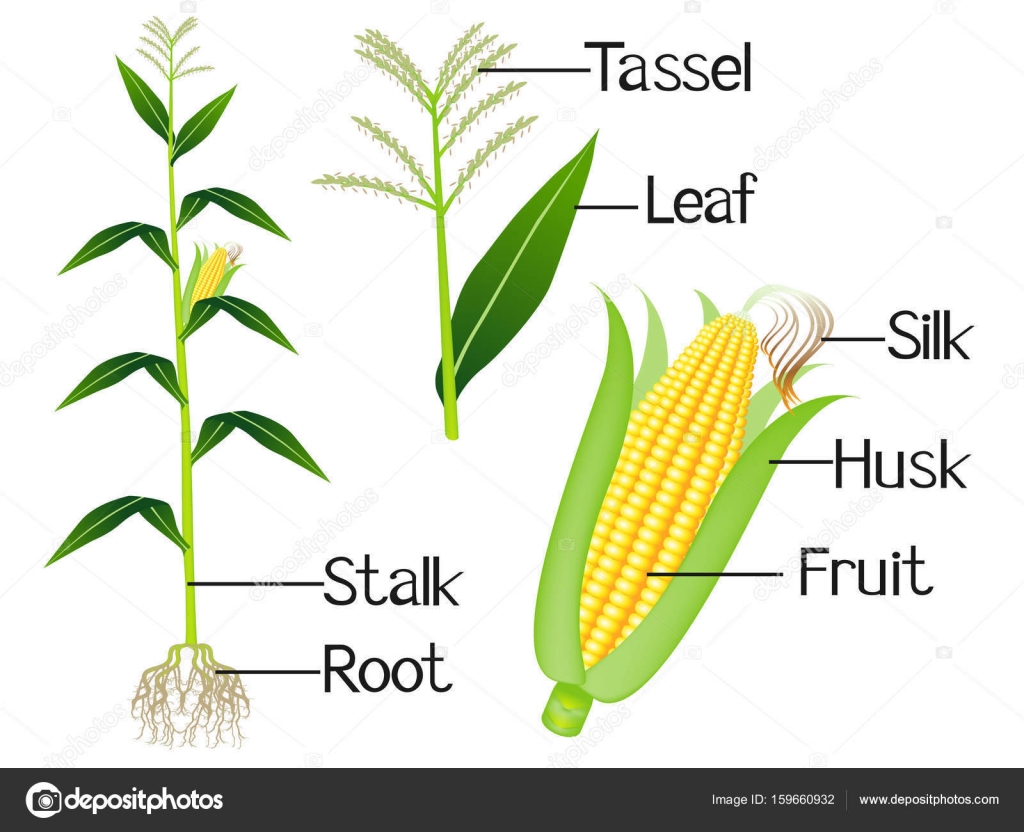There is a wide variety of sex determining mechanisms, but three patterns are more common.
XO-XX Type
This pattern of sex determination is found is grass hopper and Protenor bug. Male is XO, because it has only one X chromosome. The other sex chromosomes is missing entirely. Male is heterogametic, because it forms two types of sperms. Half of the sperms have X chromosome, while the other half are without any sex chromosome. A gamete without any sex chromosome is called nullo gamete. So males are responsible for sex determination.


Fig: Protenor bug
XY-XX Type
This pattern of sex determination is found in Drosophila, man and many other organisms. Male is XY and heterogametic and produced two types of sperms. Half of the sperms carry X chromosome and other half carries Y-chromosome.
Female XX being homogametic produces only one type of eggs, each with an X chromosomes. Sex of the offspring is determined by the type of sperm. If an X– carrying sperm fertilizes the eggs, the zygote will be XX, and a female offspring is produced. If a Y-carrying sperm fertilizes the egg, the zygote will be XY, and a male offspring will be produced. The sex-ratio between male and female offspring is 1:1 Chances for a son or daughter in human birth are equal.

ZZ-ZW Type
This type of sex-determination pattern is common in birds, butterflies and months. Here the female is heterogametic ZW, but the male is homogametic ZZ. Female produces two kinds of eggs Z and W in equal proportions. All sperms are alike, each carrying a Z-chromosome. It is the kind of egg that determines the sex of offspring. When a Z-carrying egg is fertilized by the sperm, a male offspring is produced, but when a W-carrying egg is fertilized by the sperm a female offspring is produced. Sex ratio 1:1.

Comparison of sex determination in Drosophila and human
Human: Although both Drosophila and humans follow the same XY-XX sex determining pattern, yet there is a basic technical difference between the two. Presence of ‘SRY’ gene on Y chromosome is essential for triggering the development of maleness in humans. Absence of Y chromosome simply leads to the female development path.
XO Turners’ syndrome in humans produced male. Similarly, XXY individual produced through non-dysfunctional gametes in chromosomes in Drosophila produces a fertile female.
Drosophila: In Drosophila genes for maleness are not present on Y chromosome. There is a close genic balance between genes of different chromosomes. Drosophila has an X chromosome-autosome balance system.
Sex of an individual depends more on the number of X chromosomes relative to the number of sets of autosomes. An X: A ratio of 1.00 or higher produces female whereas an X: A ratio of 0.5 or lower produces males.
| Genotype | XY | XX | XO | XXY |
| Human | Male | Female | Female | Male |
| Drosophila | Male | Female | Male | Female |
Sex determination in plants
Plants show a variety of sexual situations:
- Some species like Ginkgo are dioecious having plants of separate sexes. Male plants produces flowers with only stamens and female plants produces flower with only carpels.
- Some dioecious plants have a difference of sex-chromosomes between the sexes. These have an X-Y system. These plants typically exhibit an X chromosomes-autosome balance system for sex determination.
- Correns (1907) discovered that pollens of certain plants were sex-determining. All eggs are of one type. Pollens of the two types are produced in equal number. One kind of pollen after fertilizing the egg produces male plant, whereas the other kind of pollen after fertilization produces female plant.


ginkgo tree